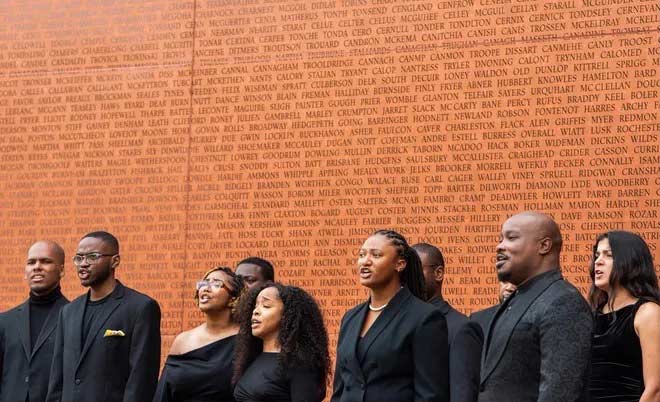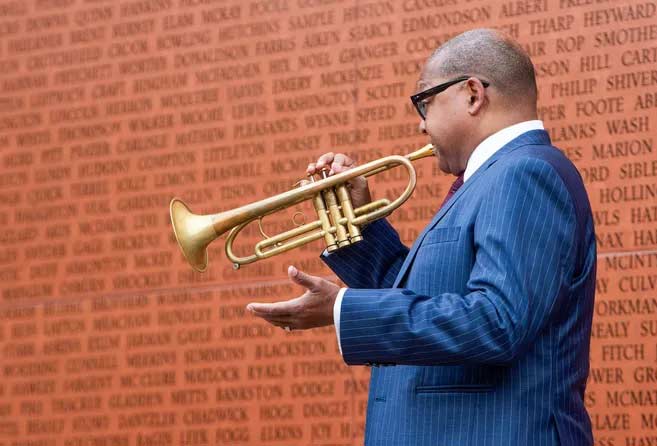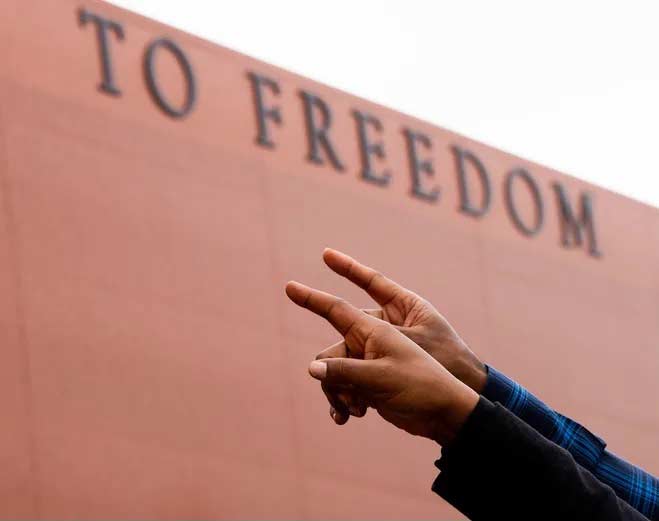Shortly after sunrise today, we commenced our Juneteenth Celebration with a dedication of the National Monument to Freedom at Freedom Monument Sculpture Park. The unforgettable event featured special performances by the legendary Wynton Marsalis, classical clarinetist Anthony McGill from the New York Philharmonic, and the Jason Max Ferdinand Singers, as well as remarks from EJI director Bryan Stevenson.
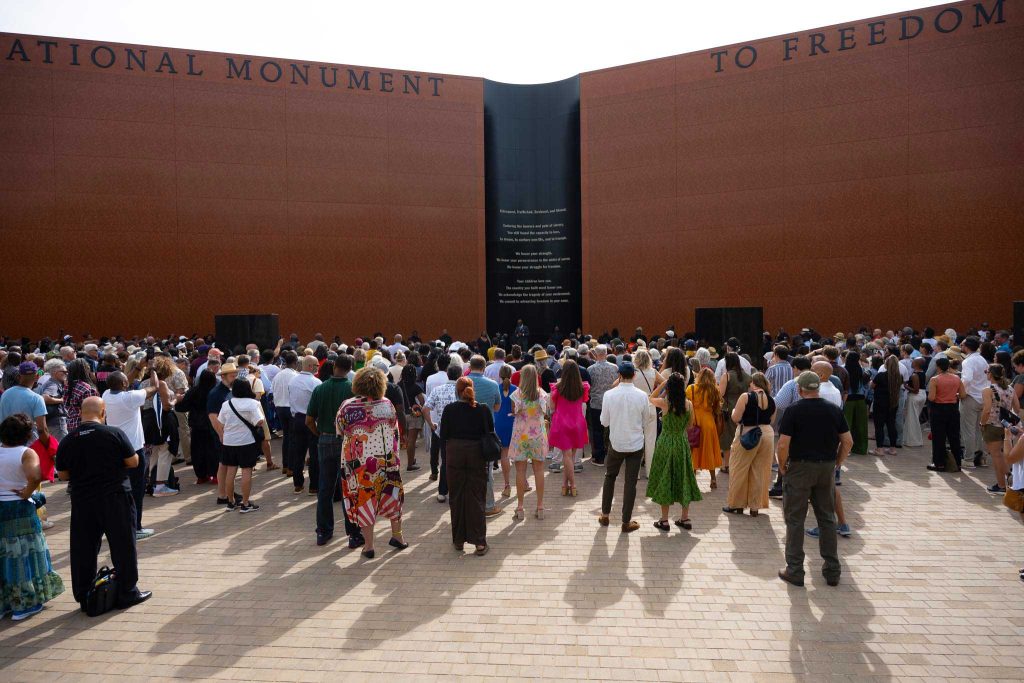
/
Hundreds gather to dedicate the National Monument to Freedom.
Kevin Jones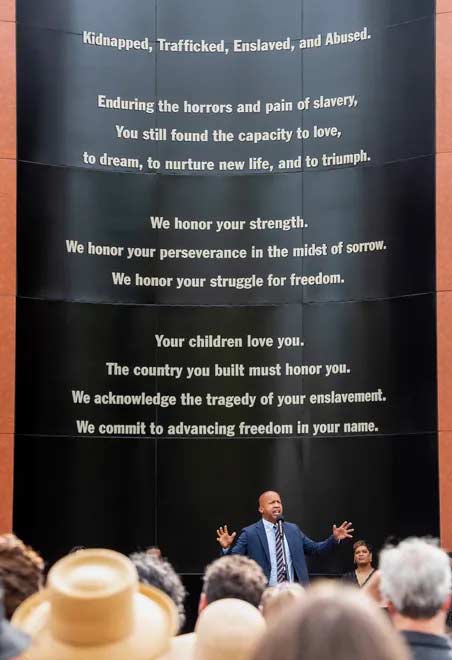
/
Bryan Stevenson honors enslaved people who persevered in their hope for freedom and loved amidst sorrow.
Mickey Welsh/Advertiser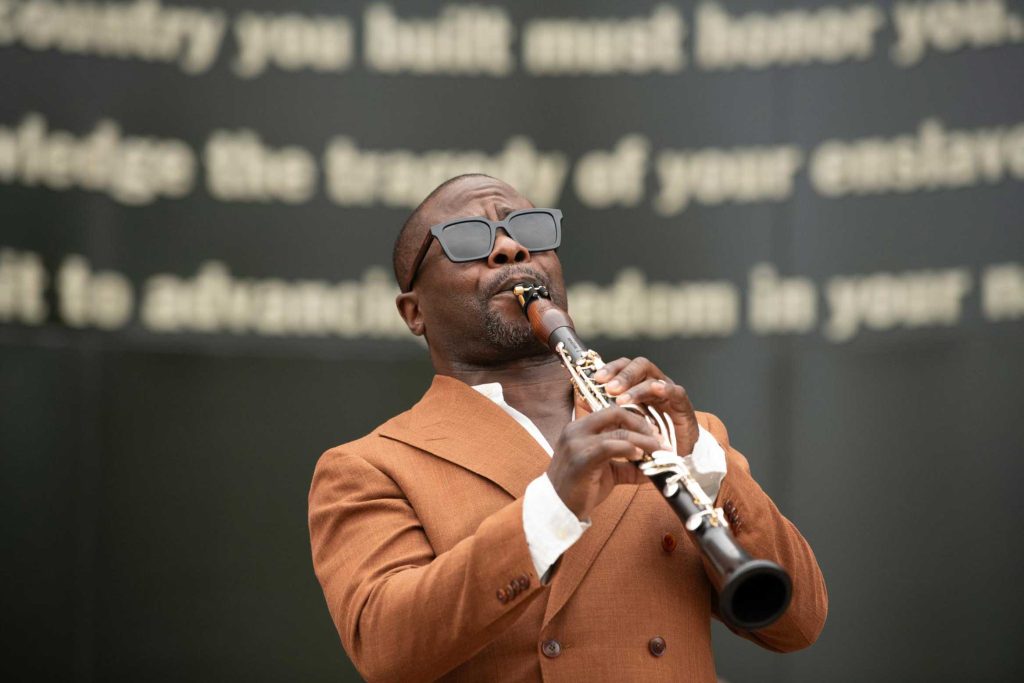
/
Classical clarinetist Anthony McGill from the New York Philharmonic performs.
Gus Bennett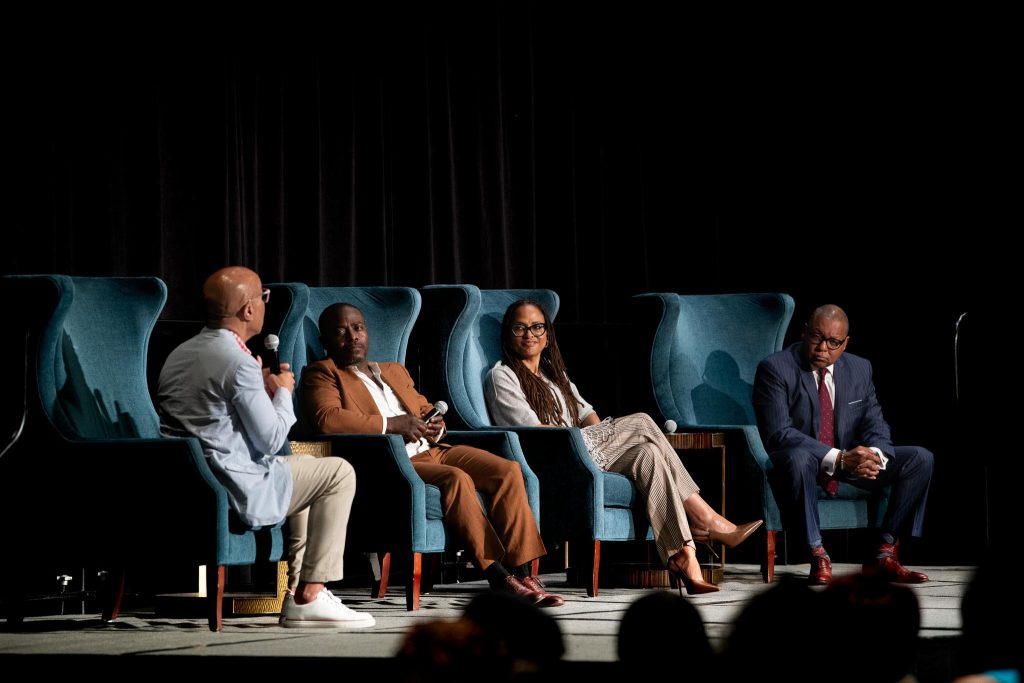
/
Anthony McGill, Ava DuVernay, and Wynton Marsalis during a panel on the arts and justice, moderated by Darren Walker.
Gus Bennett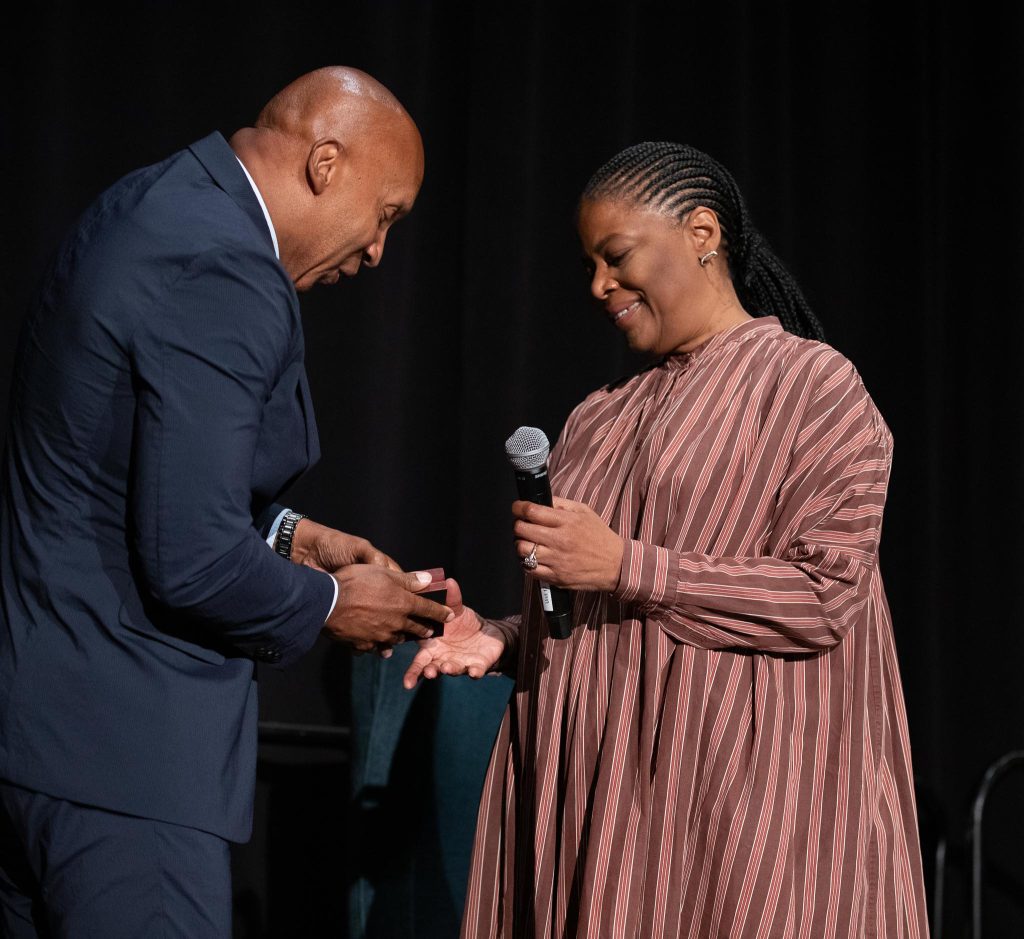
/
EJI Director Bryan Stevenson honored Simone Leigh, whose sculpture “Brick House” sits at the entrance of Freedom Monument Sculpture Park, during the Juneteenth Celebration.
Gus Bennett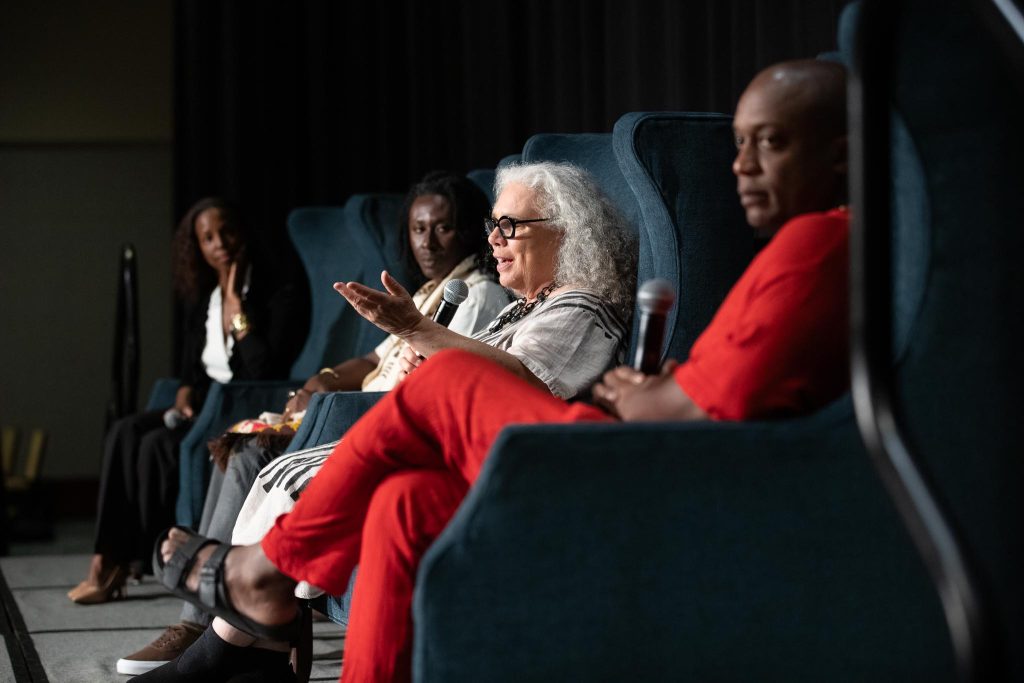
/
Kwame Akoto-Bamfo, Alison Saar, and Hank Willis Thomas during a second panel on the arts and justice, moderated by Sarah Lewis.
Gus Bennett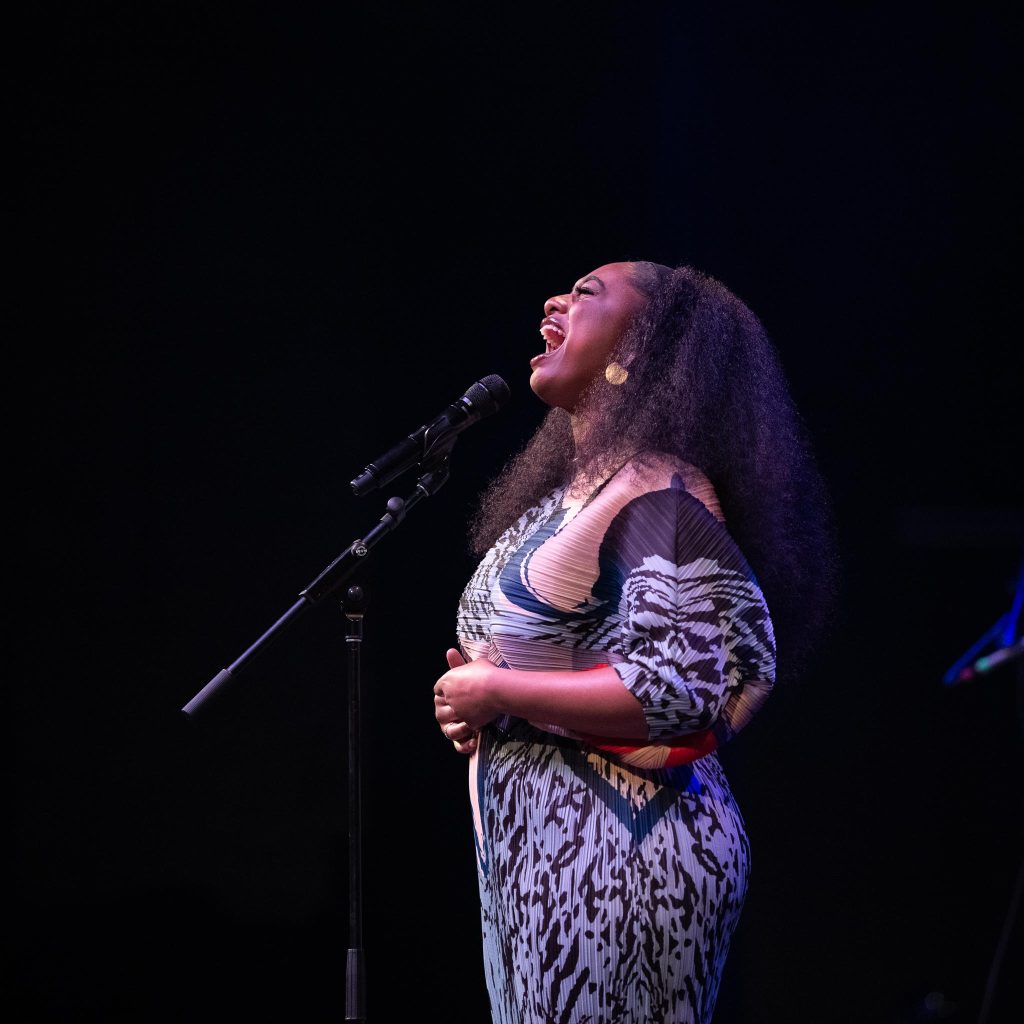
/
Samara Joy performs during EJI’s Juneteenth Celebration Concert.
Gus Bennett/
Lizz Wright performs during EJI’s Juneteenth Celebration Concert.
Gus Bennett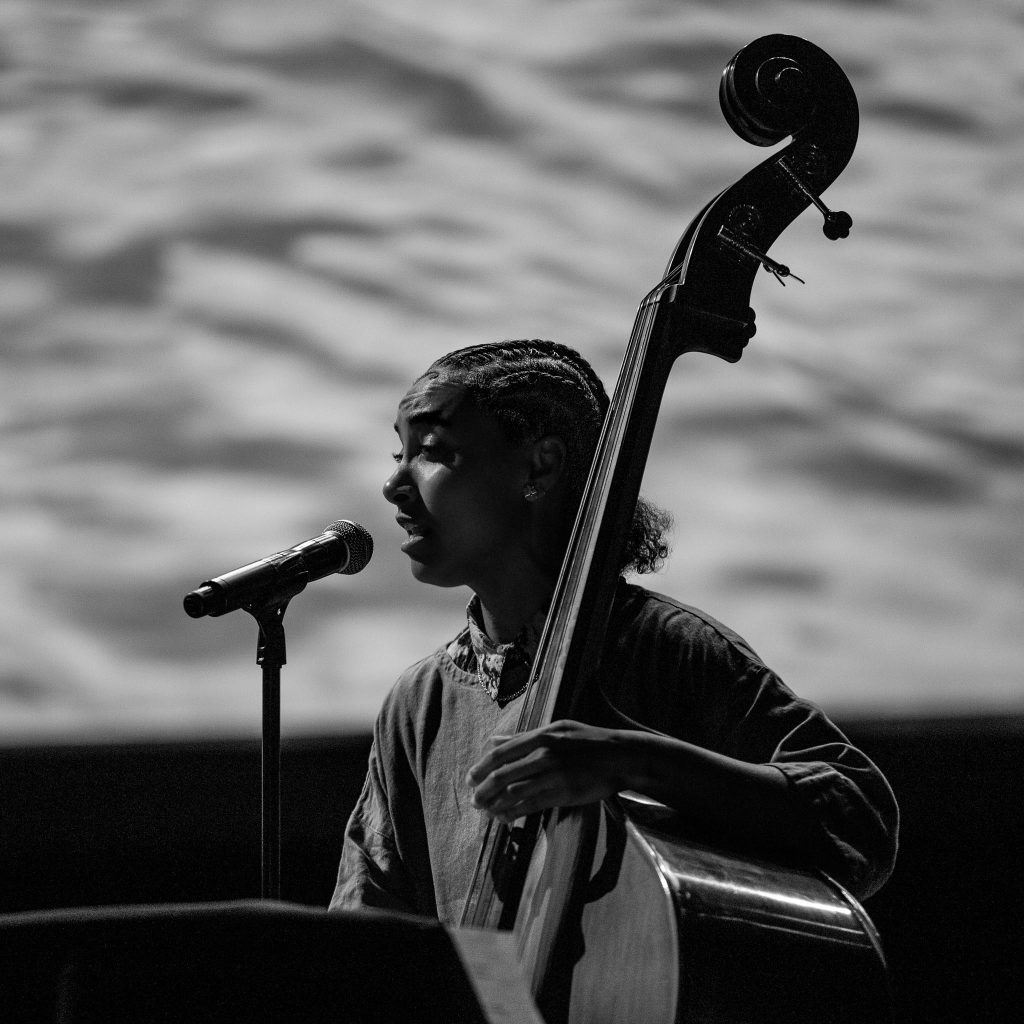
/
Esperanza Spalding performs an original piece inspired by the Alabama River and composed in Montgomery during EJI’s Juneteenth Celebration.
Gus Bennett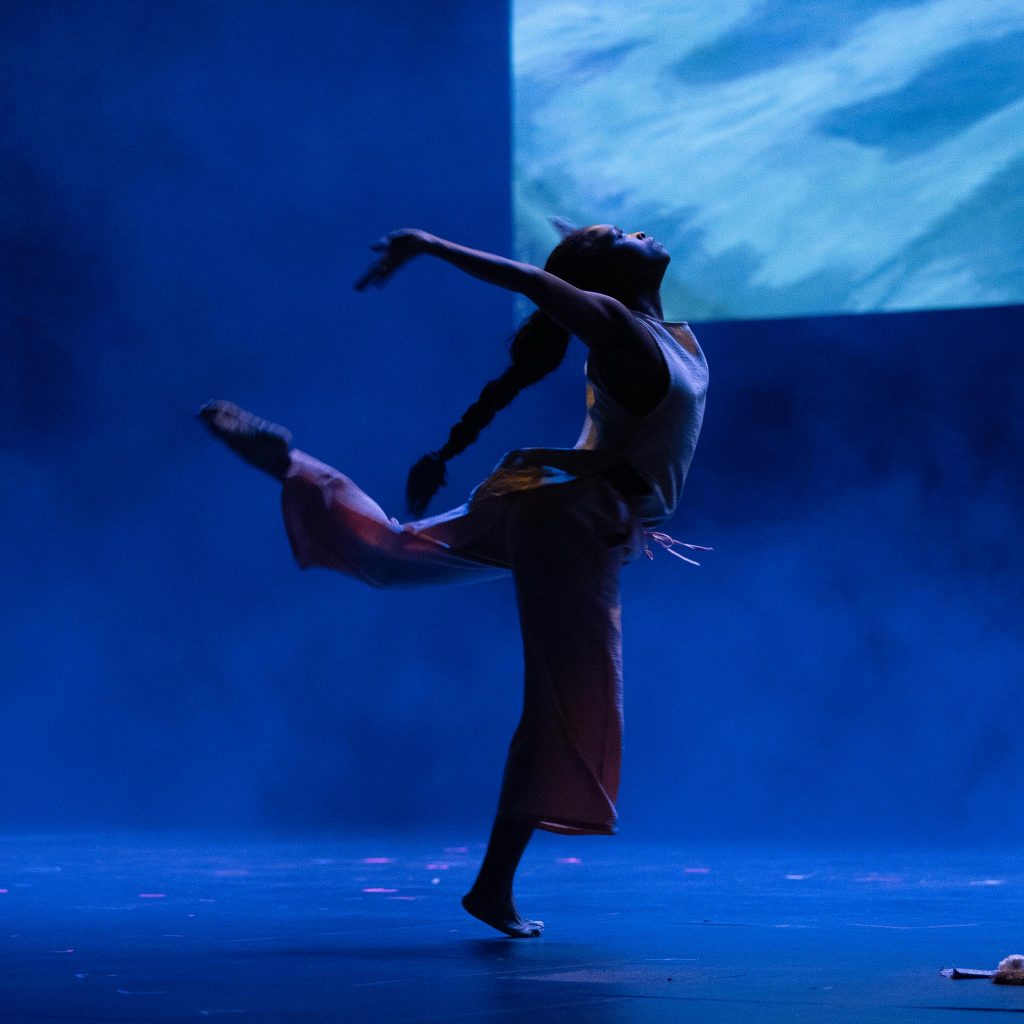
/
A dancer performs alongside Esperanza Spalding.
Gus Bennett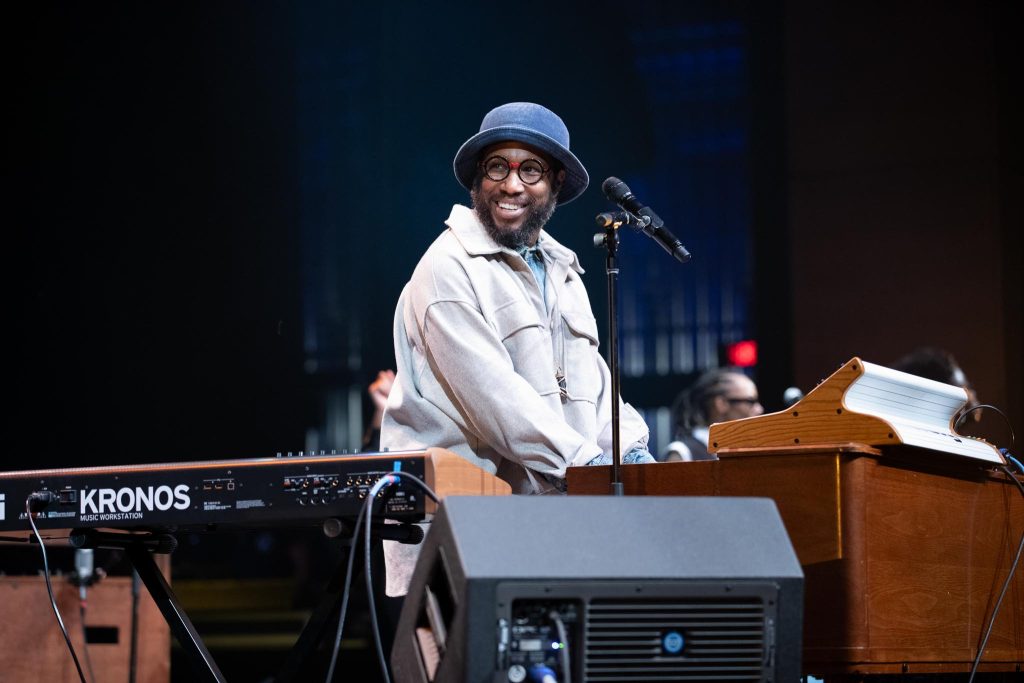
/
Cory Henry performs during EJI’s Juneteenth Celebration Concert.
Gus Bennett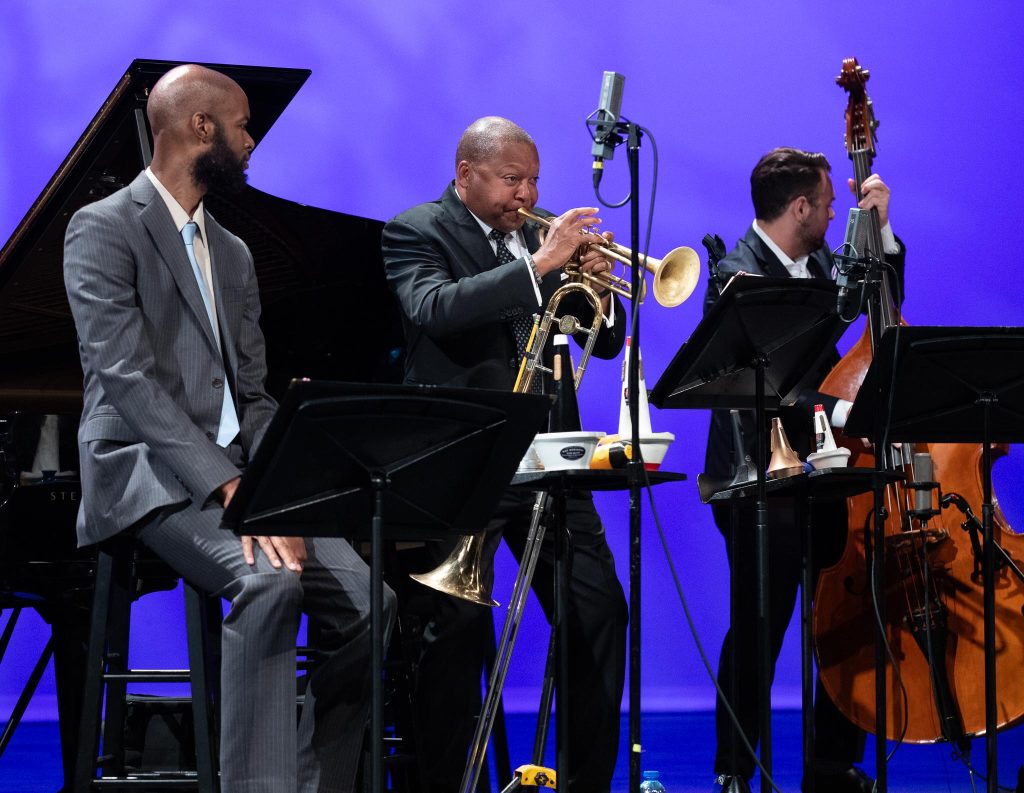
/
The Wynton Marsalis Septet performs during EJI’s Juneteenth Celebration Concert.
Gus BennettStanding 43 feet tall and 155 feet long, the National Monument to Freedom honors nearly five million formerly enslaved Black people and their tens of millions of descendants.
For over three centuries, enslaved Black people were denied the autonomy to choose their own names. In 1870, the first census after Emancipation afforded formerly enslaved Black Americans the opportunity to exercise their newfound liberty and express their deeply rooted hope for the future by officially recording their chosen family names. More than 120,000 unique surnames were recorded in the 1870 census by 4.7 million people who survived the horrors of slavery.
Inscribed with 122,000 surnames representing millions of Black families, the National Monument forges a connection to the courage, strength, and resilience of formerly enslaved ancestors for tens of millions of descendants who have carried these names across generations and into the 21st century.
“All Americans should acknowledge, honor, and recognize the suffering and perseverance of enslaved people in this country,” said EJI director Bryan Stevenson. “Many descendants have long yearned for an opportunity to recognize ancestors who did so much to build this country.”
At the visitor center across from the entrance to Freedom Monument Sculpture Park, individuals can learn more about the counties and states associated with the names of formerly enslaved people. Descendants can advance genealogical research or trace family histories at kiosks that provide details from the 1870 census about the 4.7 million enslaved people who were emancipated after the Civil War.
Freedom Monument Sculpture Park is a 17-acre site on the banks of the Alabama River that combines historical artifacts, contemporary art, original research, and first-person narratives to provide an authentic and historically significant space that explores the institution of slavery, the lives of enslaved people, and the legacy of slavery in this country.
The Sculpture Park is home to one of the most significant narrative collections in the world—a curated effort featuring newly commissioned works by artists like Charles Gaines, Alison Saar, and Kwame Akoto-Bamfo alongside major sculptures from Simone Leigh, Wangechi Mutu, Rose B. Simpson, Theaster Gates, Kehinde Wiley, and Hank Willis Thomas. The art works in tandem with historical artifacts to dramatize the brutality of slavery while simultaneously illuminating the strength, dignity, and power of enslaved people and their descendants.
On Juneteenth, we invite everyone to honor the lives and memories of the 10 million Black people who were enslaved in America. and celebrate their courage and resilience at Freedom Monument Sculpture Park. Admission to all three Legacy Sites, including the Legacy Museum and the National Memorial for Peace and Justice, is free today for Juneteenth.
